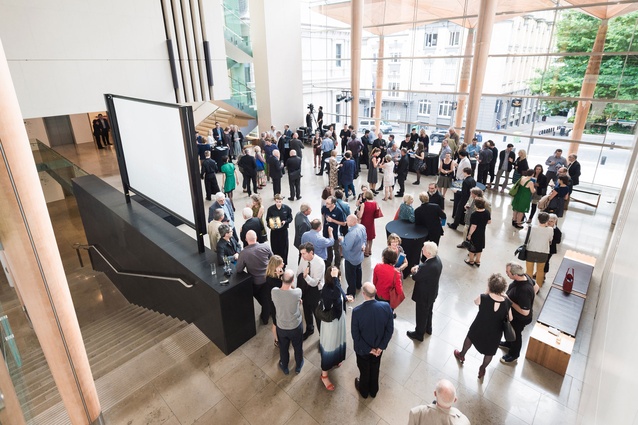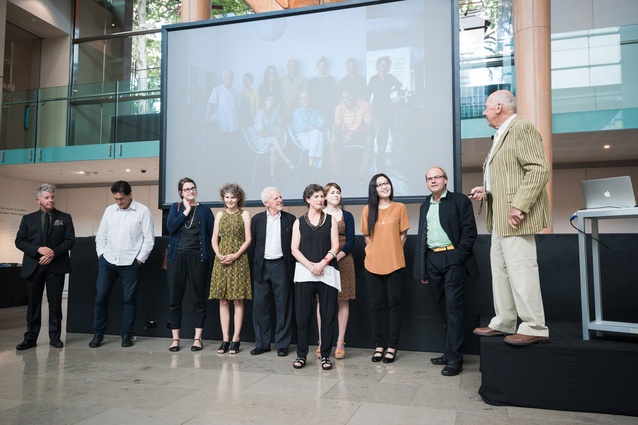NZIA launches New Zealand 2014 Venice Biennale exhibition
David Mitchell, creative director of the New Zealand Exhibition at the 2014 Venice Architecture Biennale, presented his exhibition proposal on Thursday 13 February at an event at Auckland Art Gallery.

This is the first time New Zealand has entered a country-level exhibition at the world’s leading architecture event, which runs from 7 June to 23 November.
Mitchell, director of Auckland-based Mitchell & Stout Architects, is joined by architects Julie Stout, Mike Austin, Ginny Pedlow, Rick Pearson and Julian Mitchell, academic and practitioner Rau Hoskins, and architecture graduates Claire Natusch, Chia-Lin Sara Lee and Frances Cooper in preparing the New Zealand exhibition.
Mitchell says the New Zealand Exhibition, which he has titled ‘Last, Loneliest, Loveliest’, will respond to the theme ‘Absorbing Modernity: 1914-2014’, set by the biennale’s director, celebrated Dutch architect Rem Koolhaas.
“The Biennale will examine the relationship between modernisation and national styles of architecture,” Mitchell says. “In particular, it will consider whether national differences are still possible in an age when architecture is increasingly homogeneous.”
“Have we reached the stage where everything looks the same, everywhere? Where there is little relationship between design and the place in which it is realised?”
Mitchell says, that counter to the current trend to design ubiquity, his exhibition will propose that architecture in New Zealand has developed a point of difference.
“In particular, it’s the Pacific tradition we are concerned with, and the interaction between that tradition and international styles in the modern period.”
“In contrast to European architecture, which is an architecture of mass and solidity, Pacific architecture is a lightweight architecture of posts and beams and panels and big roofs. This architecture has been persistently present in our history, it survived a century of colonisation, and it is increasingly distinctive. You can see it expressed in the two recent New Zealand buildings to have attracted international attention - Auckland Art Gallery by FJMT and Archimedia, and the Christchurch Cardboard Cathedral by Shigeru Ban.”
“The Venice Biennale provides us with an opportunity to put these buildings and achievements into context,” Mitchell said. “As a country, we’ve never had such architectural attention, so we should make the most of it.”
New Zealand’s exhibition will be staged in the Palazzo Pisani Santa Marina, a historic Venetian building in the centre of the city. To find out more about the New Zealand exhibition at the 2014 Venice Architecture Biennale visit the website.











